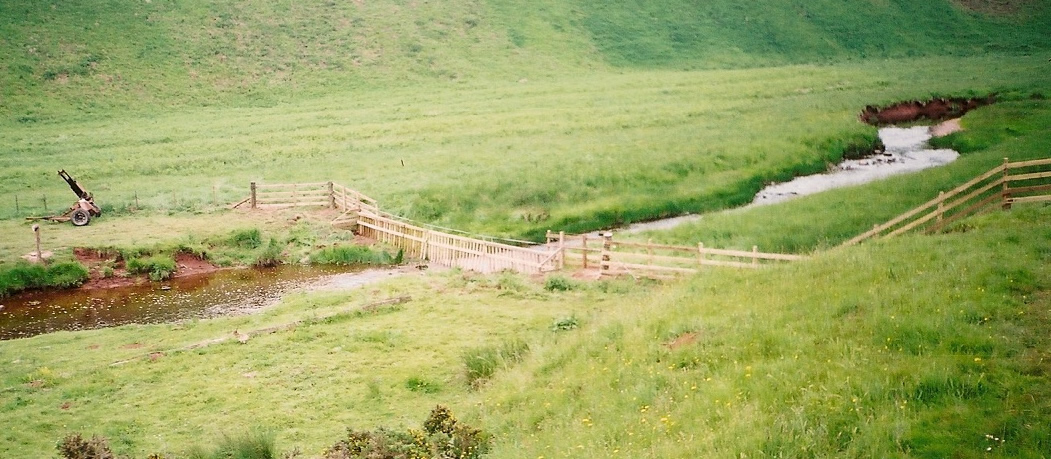Agricultural Fencing / Forestry Fencing
Agricultural and Forestry Fencing: Keeping Animals and Plants Safe
Fencing is an essential part of agriculture and forestry. It is used to keep animals in their fields, to protect crops from pests and diseases, and to prevent wildfires.
There are many different types of agricultural and forestry fencing, each with its own advantages and disadvantages. Some of the most common types of fencing include:
- Wooden fences: Wooden fences are a traditional type of fencing that is strong, durable, and relatively inexpensive. They are often used to keep livestock in their fields and to protect crops from pests and diseases.
- Wire fences: Wire fences are a more modern type of fencing that is lightweight, easy to install, and relatively inexpensive. They are often used to keep livestock in their fields and to create boundaries between different areas.
- Barbed wire fences: Barbed wire fences are a type of wire fence that is made up of sharp wires that are twisted together. They are very effective at keeping animals out, but they can be dangerous for humans.
- Electric fences: Electric fences are a type of fence that uses an electric current to deter animals from crossing the fence. They are very effective at keeping animals out, but they can be expensive to install and maintain.
The type of fencing that is best for a particular agricultural or forestry application will depend on a number of factors, including the size of the area to be fenced, the type of animals or plants to be protected, and the budget.
Here are some of the benefits of using fencing in agriculture and forestry:
- Keep livestock in their fields: Fencing can help to keep livestock in their pens, which can prevent them from straying and getting lost. This can help to protect the livestock from predators and from other dangers, such as traffic.
- Protects crops from pests and diseases: Fencing can help to protect crops from pests and diseases by preventing animals from accessing them. This can help to improve crop yields and reduce the need for pesticides and herbicides.
- Prevents wildfires: Fencing can help to prevent wildfires by creating firebreaks. Firebreaks are areas that have been cleared of vegetation, which can help to stop the spread of a fire.
Fencing is an important part of agriculture and forestry. It can help to keep animals in their pens, protect crops from pests and diseases, and prevent wildfires. If you are involved in agriculture or forestry, you should consider using fencing to help protect your property and your livelihood.
Here are some additional tips for choosing and installing agricultural and forestry fencing:
- Choose the right type of fencing for your needs: There are many different types of agricultural and forestry fencing available, so you need to choose the right type for your needs. Consider the size of the area to be fenced, the type of animals or plants to be protected, and your budget.
- Install the fence properly: Fencing should be installed properly to ensure that it is effective and secure.
- Maintain the fence regularly: Fencing should be maintained regularly to ensure that it remains effective. Check the fence for damage and make repairs as needed.
W Campbell & Son can assist you to choose and install agricultural and forestry fencing that will help to protect your property and your livelihood for years to come.
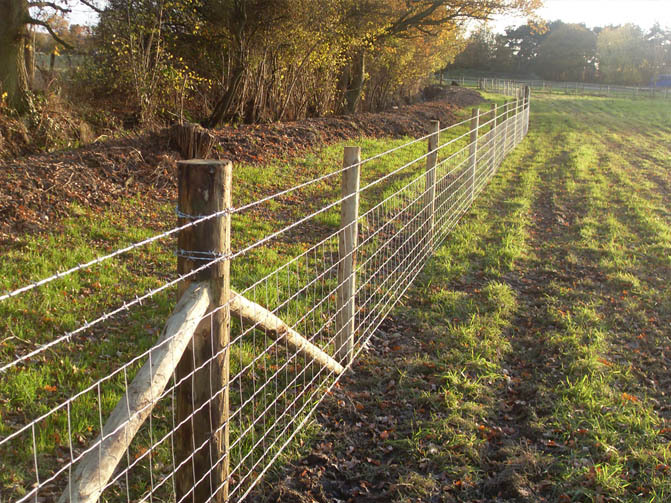
Livestock Fence
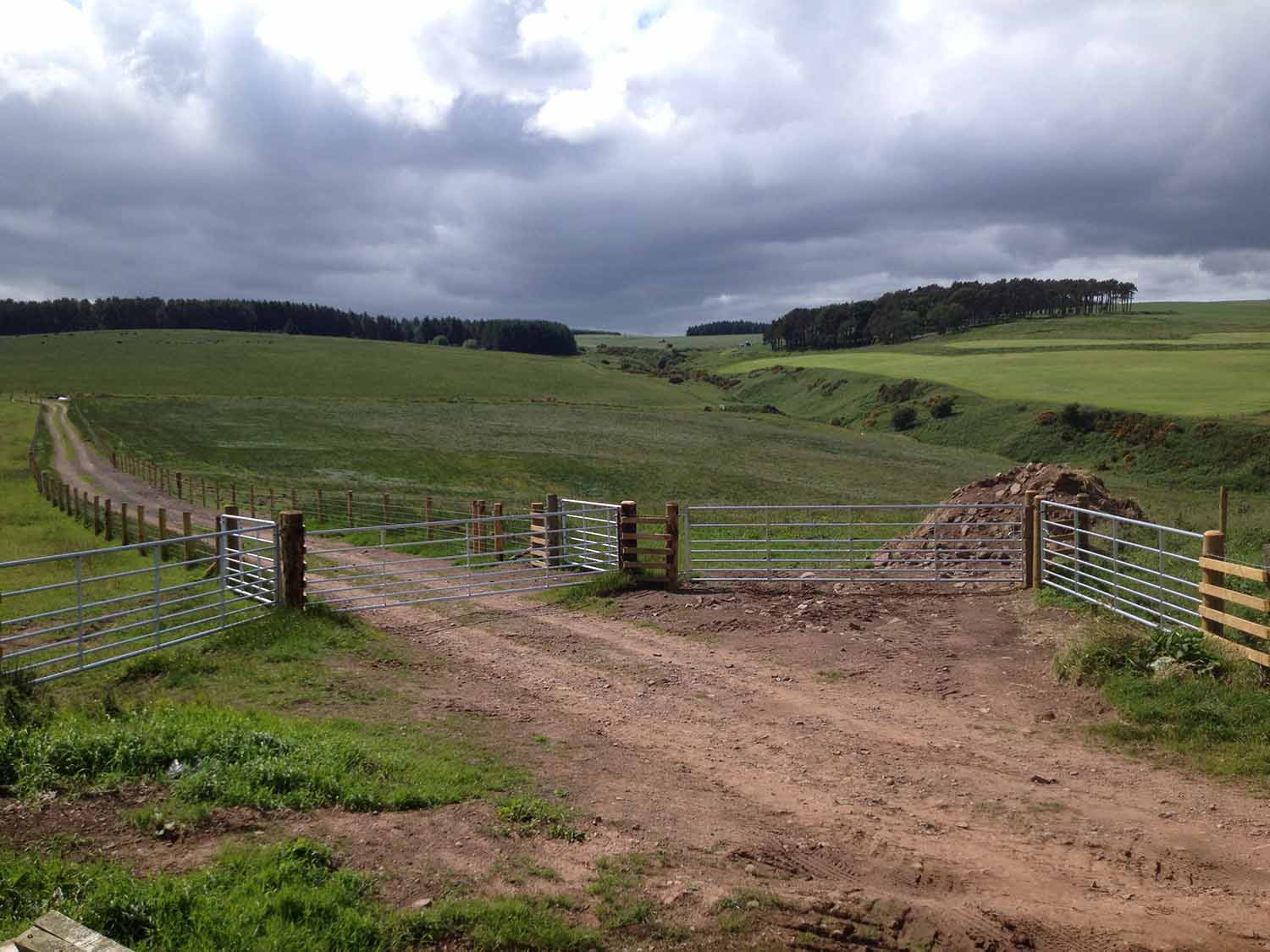
Livestock Gates
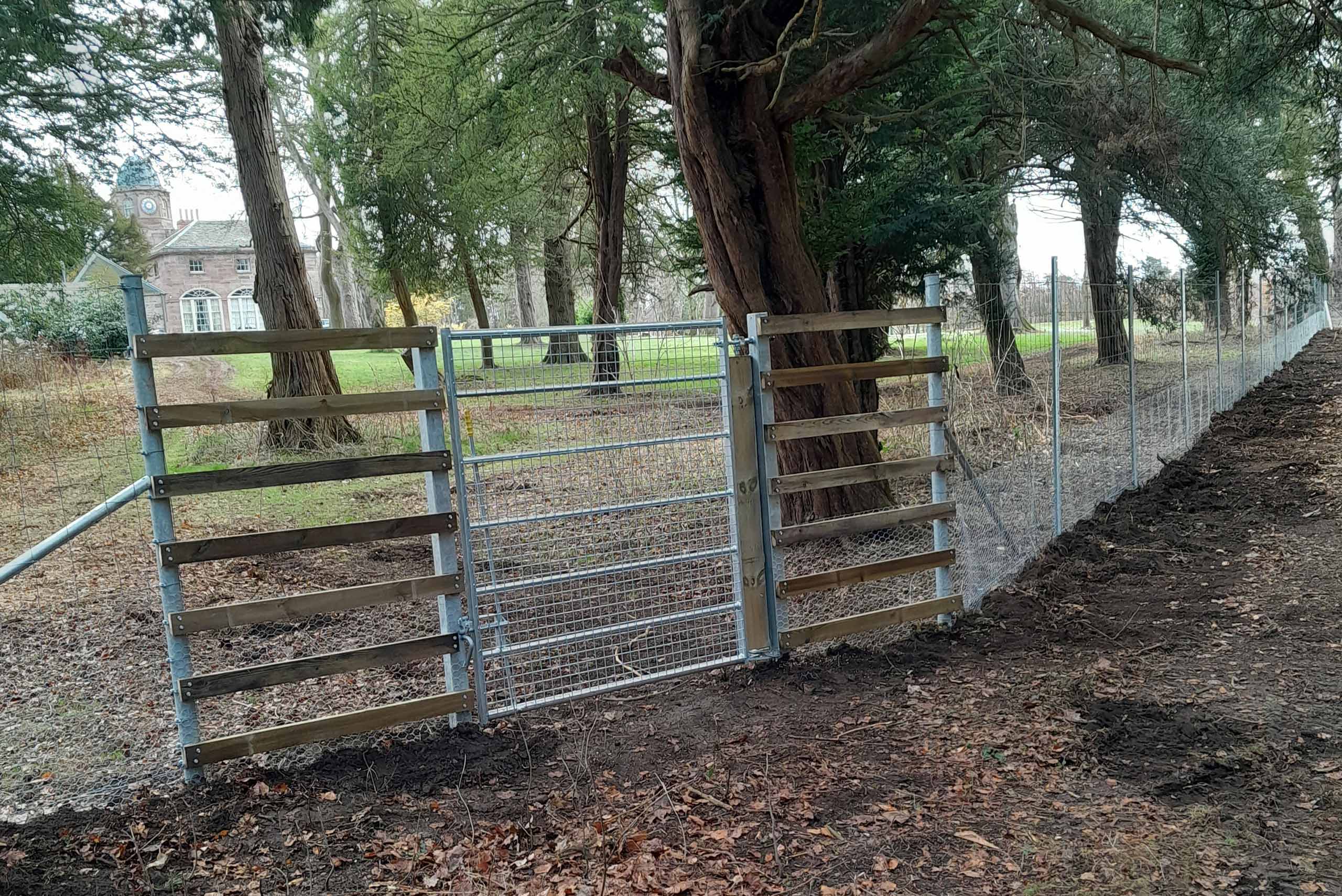
Clipex Deer Fencing
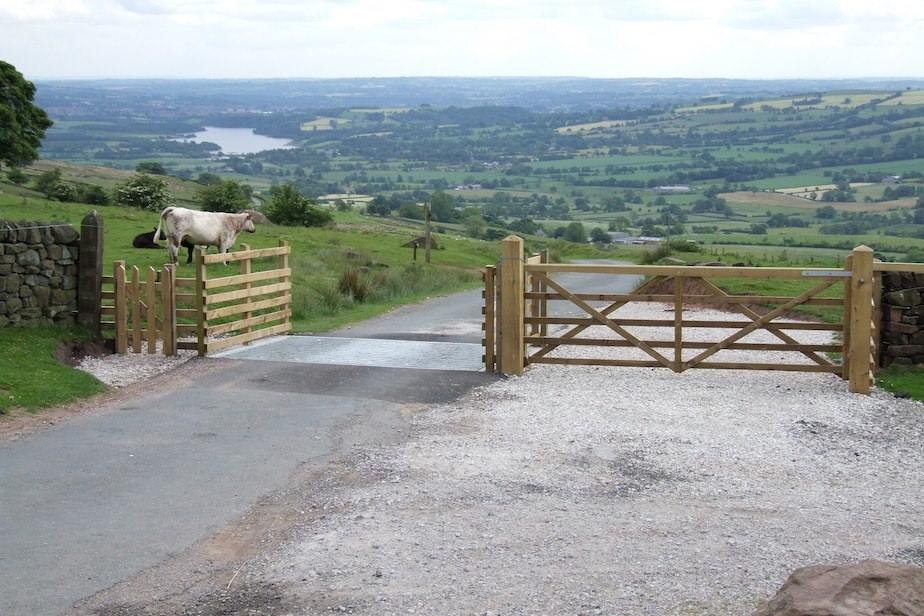
Cattle Grids
